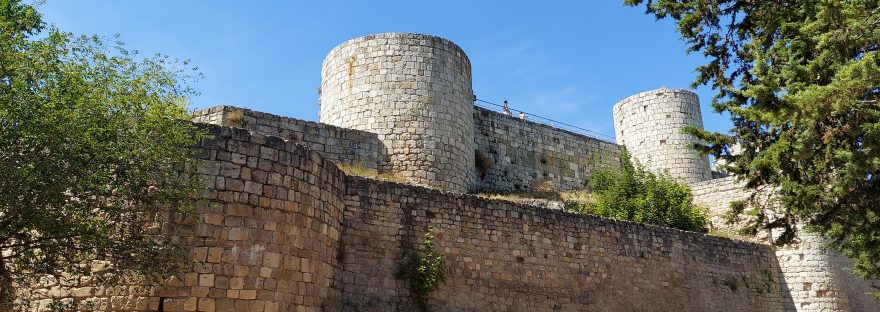At the top of the hill of the Castle, serving as a strategic location and with a very broad visual domain of the valley of the Arlanzón river, we find in the Spanish city of Burgos, precisely its Castle.
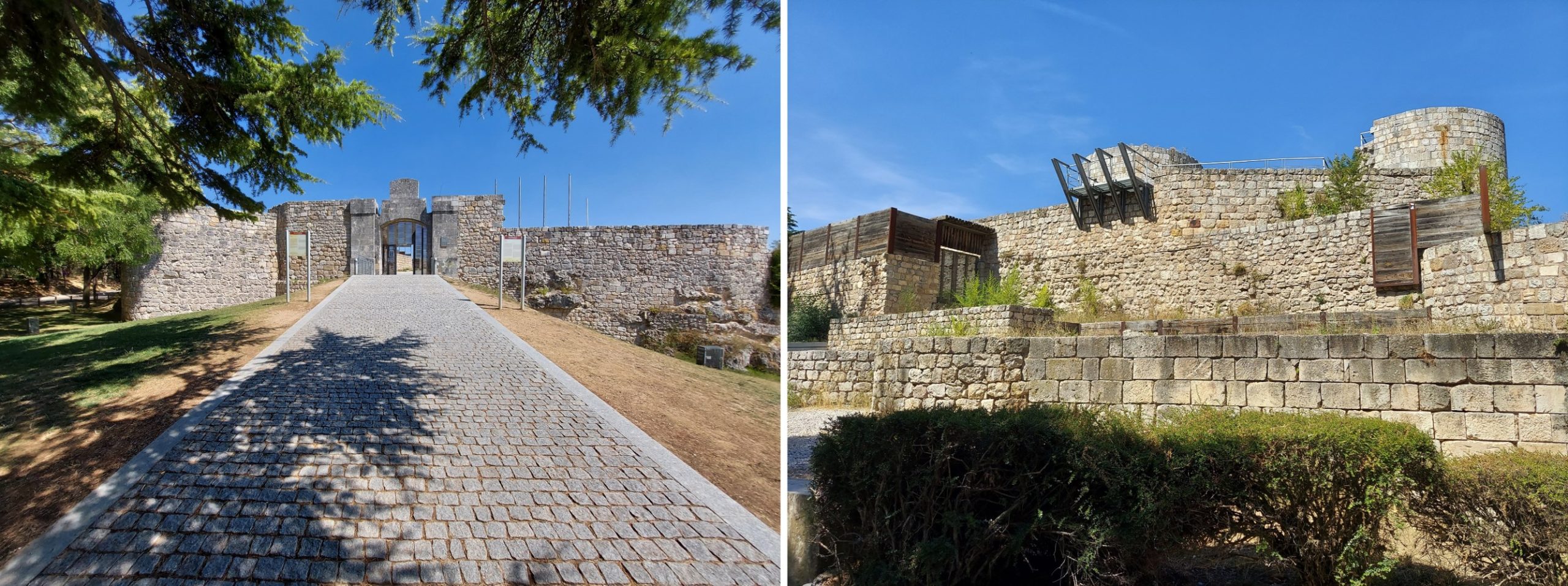
The foundation of the Castle dates back to the year 884 when Count Diego Porcelos, by order of King Alfonso III, built the fortress, which would give rise to the city of Burgos in order to repopulate the region and stop the movement of Muslim armies. As the importance of the defensive site increased, a castle and more complex defensive elements were added. During the 16th century, the first training school for artillerymen in Spain was established in this enclosure, manufacturing twenty quintals of gunpowder a day in 1542.
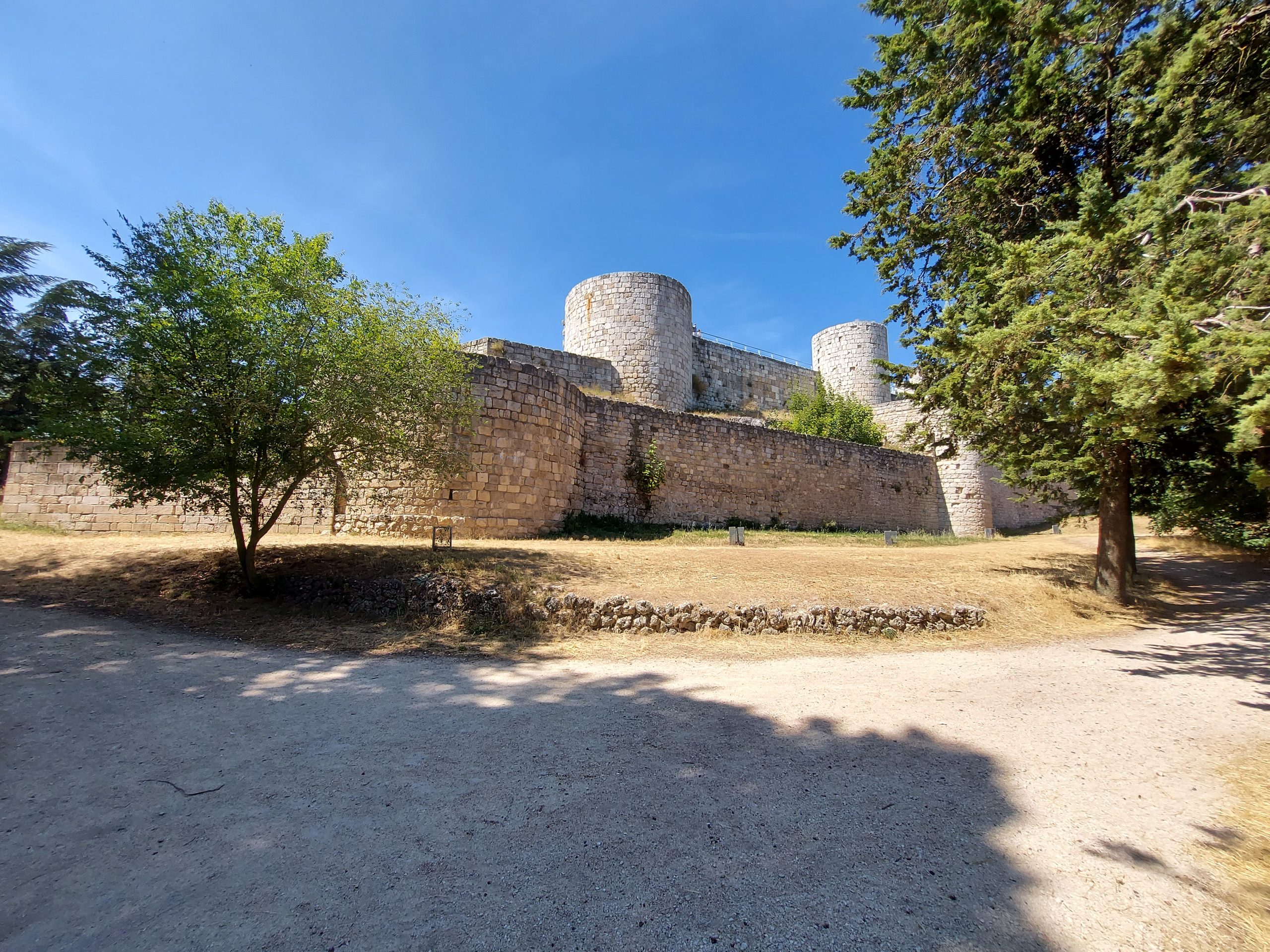
Due to its undeniable historical importance, it was declared an Asset of Cultural Interest in 1949. The Castle of Burgos has been from a fortress and royal residence, to a prison, and a place of lodging for important guests.
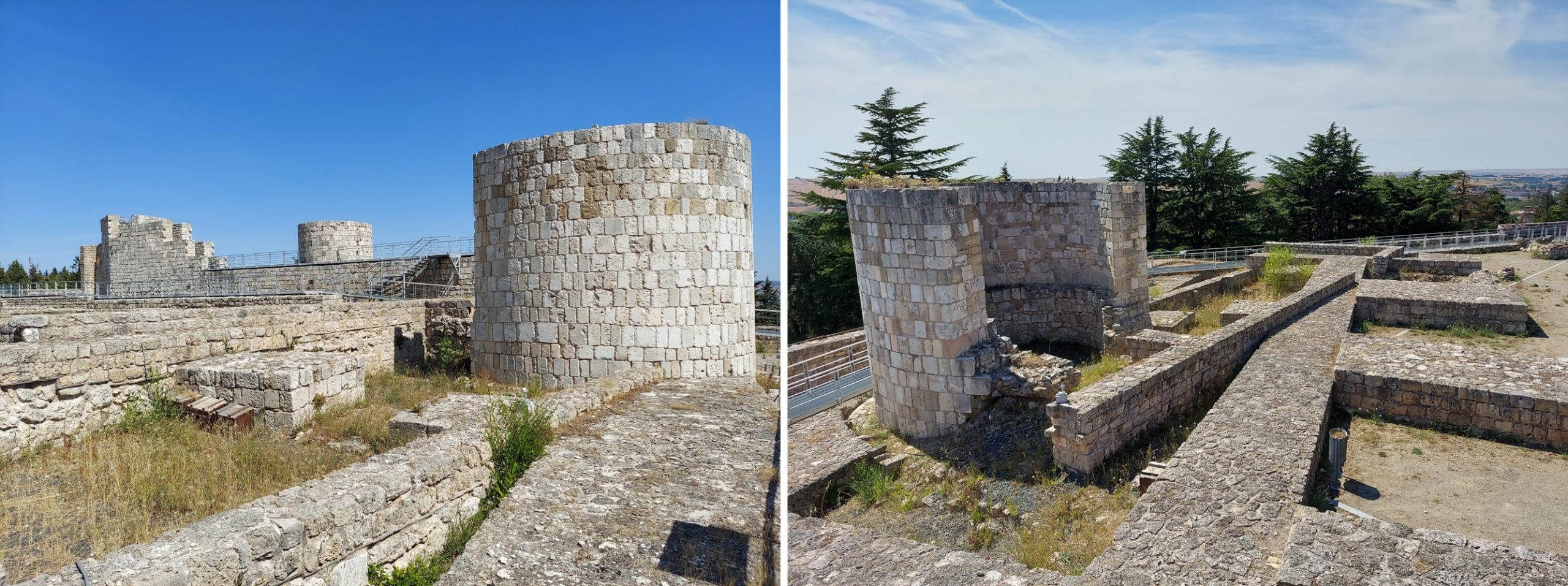
It can be said that the last moment of splendor of the Castle of Burgos was at the beginning of the 19th century, when it became the center of operations of the French army during the occupation and War of Independence. This was so, until 1813 when the Napoleonic troops, before leaving the fortress, motivated not to leave any trace of any matter related to them that might serve as a clue to the enemy army, caused an explosion that destroyed much of the southern part of the castle.
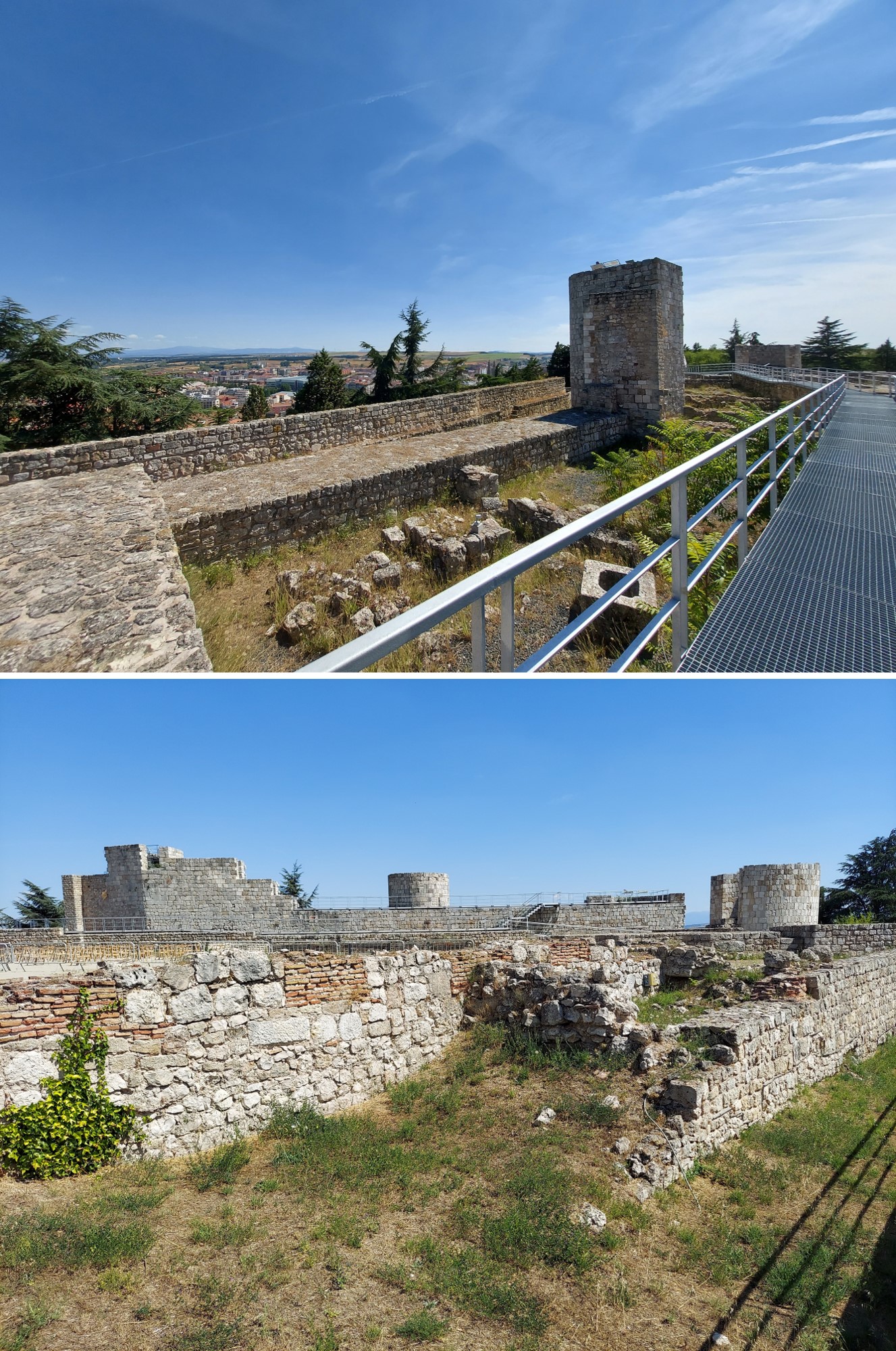
Even with the deterioration suffered, during the 19th century it was used as a fortress during the Carlist wars. These are the civil wars that took place in Spain throughout the 19th century, where, on the one hand, the throne was disputed, and on the other, groups with opposing political principles confronted each other. The Burgos Castle was also used during the Civil War of 1936, when the anti-aircraft defense of the city was installed. Its state of ruin lasted until its restoration and opening to the public in 2003, when it became a Cultural-Historical Heritage of Spain.
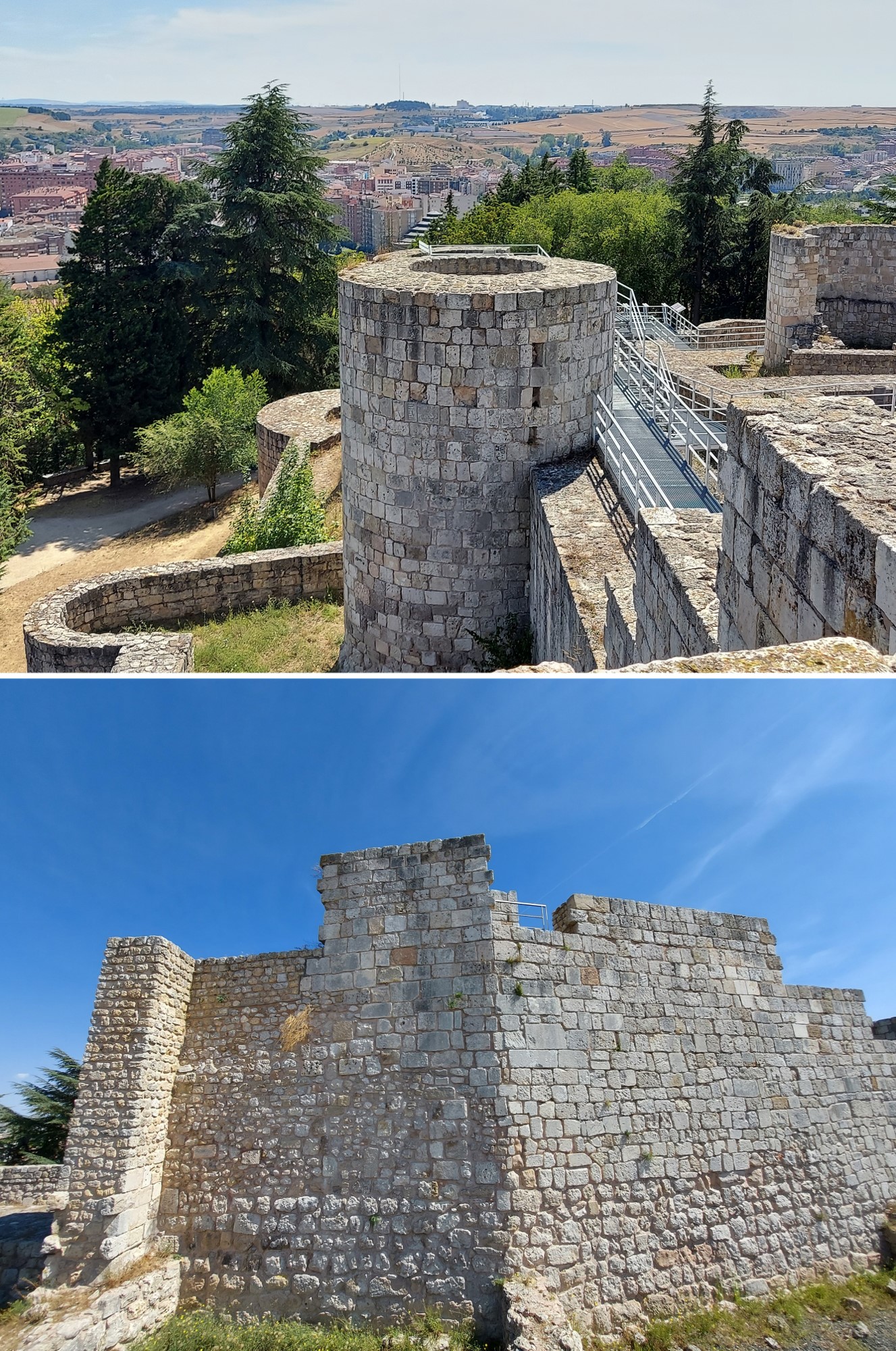
Although the visible defensive elements of this fortress are essentially remains, some sections of its walls that form two concentric enclosures can still be seen. The inner enclosure is constituted by a wall of great strength for its width or thickness, with towers distributed in its contour, which act as elements of defense and buttress. The outer enclosure is of lesser height and its function is to hinder the direct attack to the main enclosure. This wall is complemented with other defensive elements, such as tower, moat and the topography of the terrain.
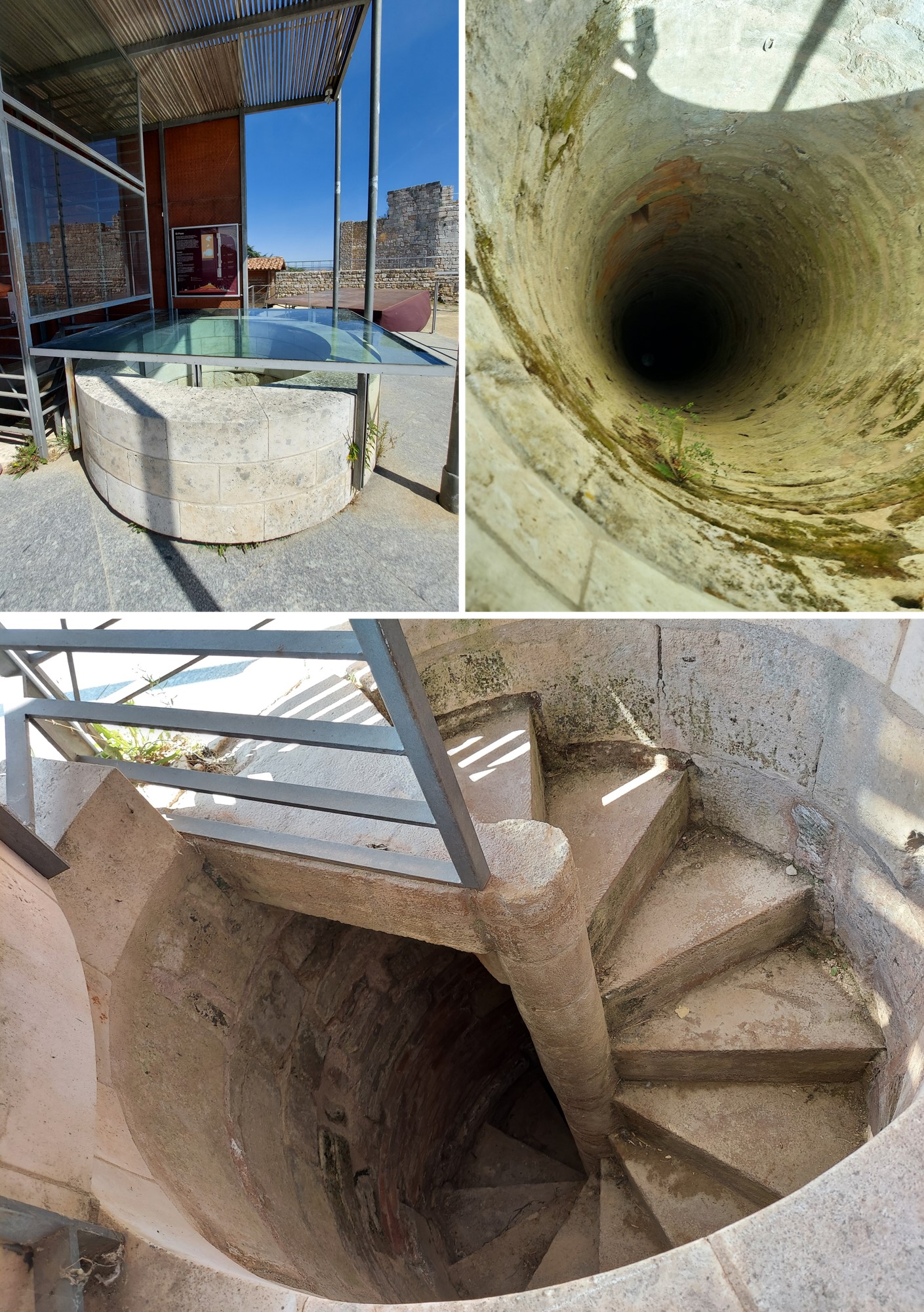
Popularly known as the Moor’s Cave, the Well is a medieval engineering work that in its time supplied water to the inhabitants of the castle. In fact, in case of siege, they had this basic resource for their survival.
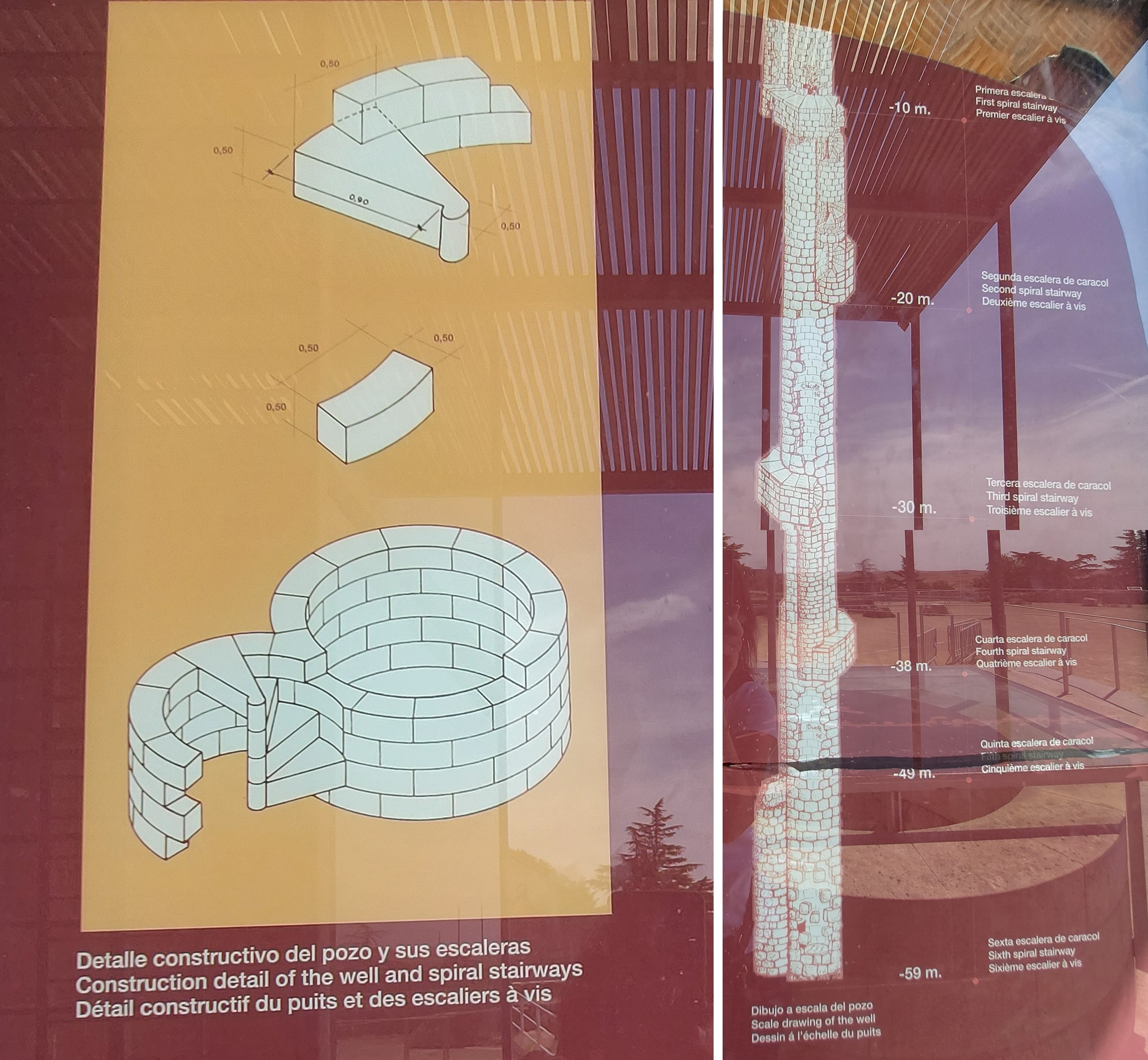
The well of the Castillo de Burgos is a work of ashlar masonry in limestone. Although we could not go down at the time of our visit, we show the parts that compose it to give an idea of its construction so ingenious and practical. The well is composed of a cylinder 63.5 meters high and 1.78 meters in diameter. Surrounding this central body are six flights of spiral staircases connected by galleries or corridors 3 meters long, which receive light from the well through small windows. The stairs end in a door that allows access to the bottom of the well, which facilitates the maintenance of the structure and the healthiness of the water.
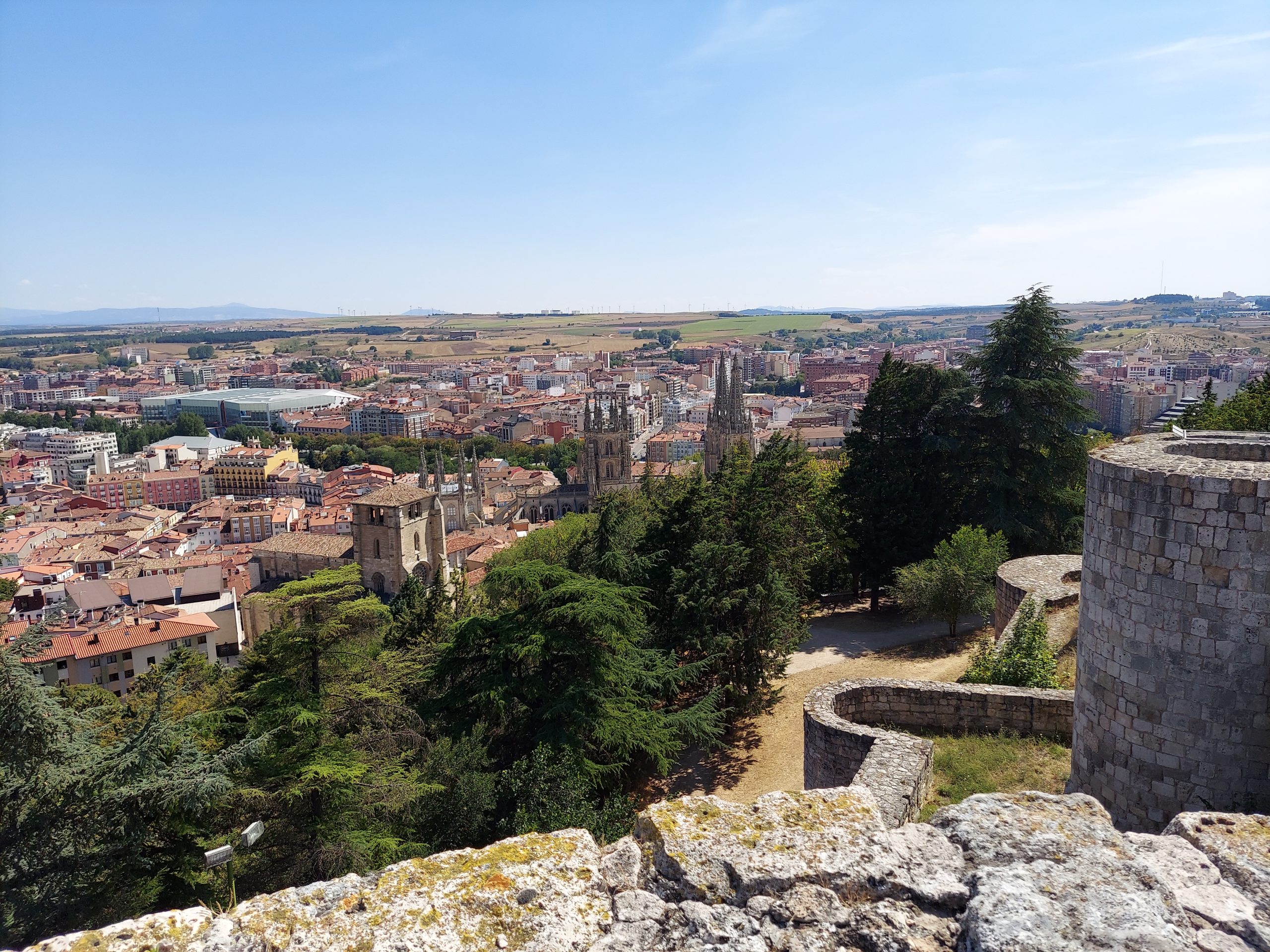
It is said that the city and the castle were never good friends, however, they put up with each other for centuries. One of the most important events was when Ferdinand the Catholic succeeded in besieging the castle for two years (1474-1476), in the war against Juana la Beltraneja. During this period some of the fiercest battles in its history were fought, with the well being its main objective, with the aim of cutting off the water to the besieged.
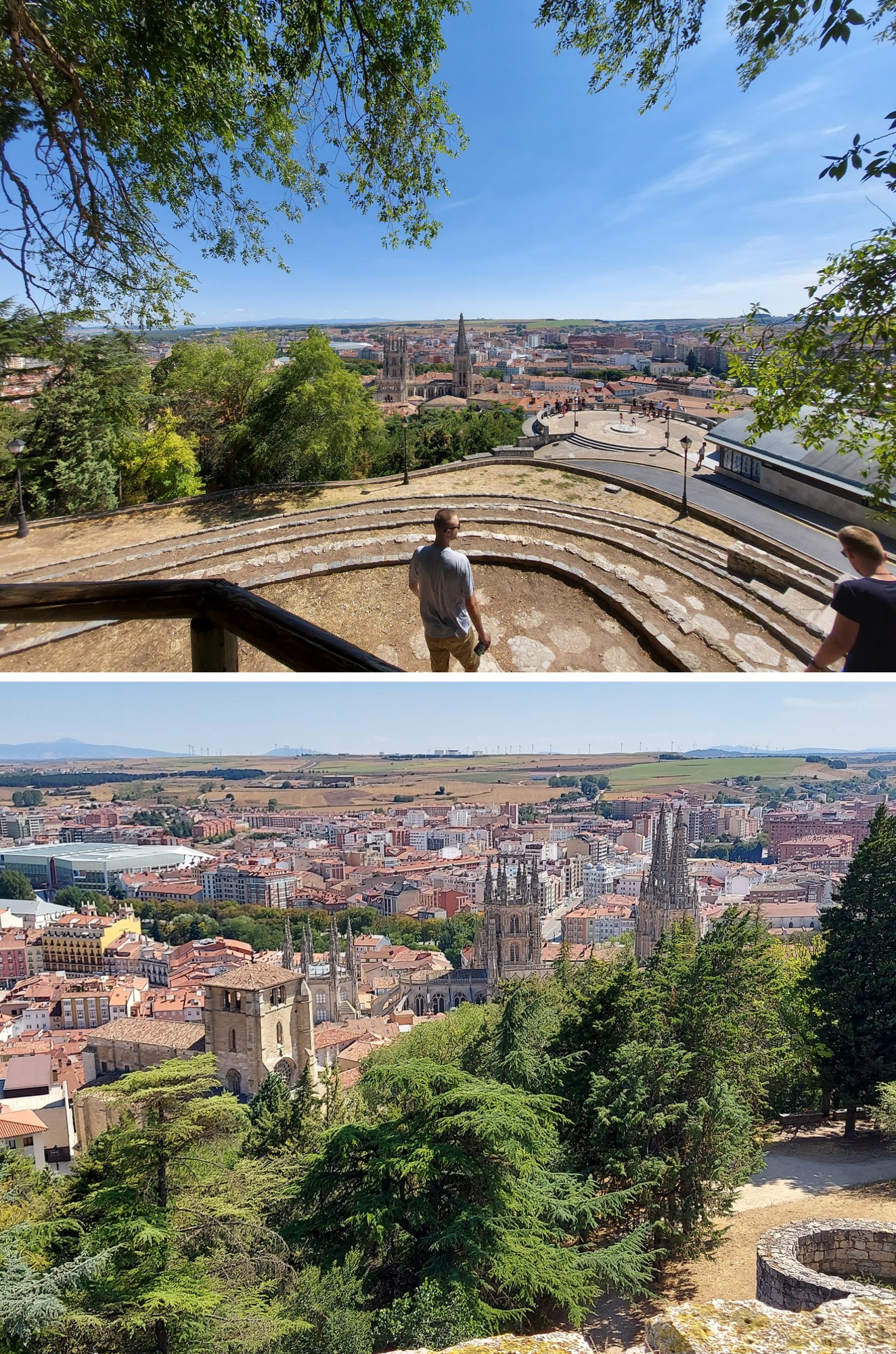
Undoubtedly, it is the panoramic views from Burgos Castle that add even more value to the site. From there you can observe the city in detail and imagine a little of its defensive activity from that strategic point. In addition, to see the towers of the Cathedral from there, is priceless.
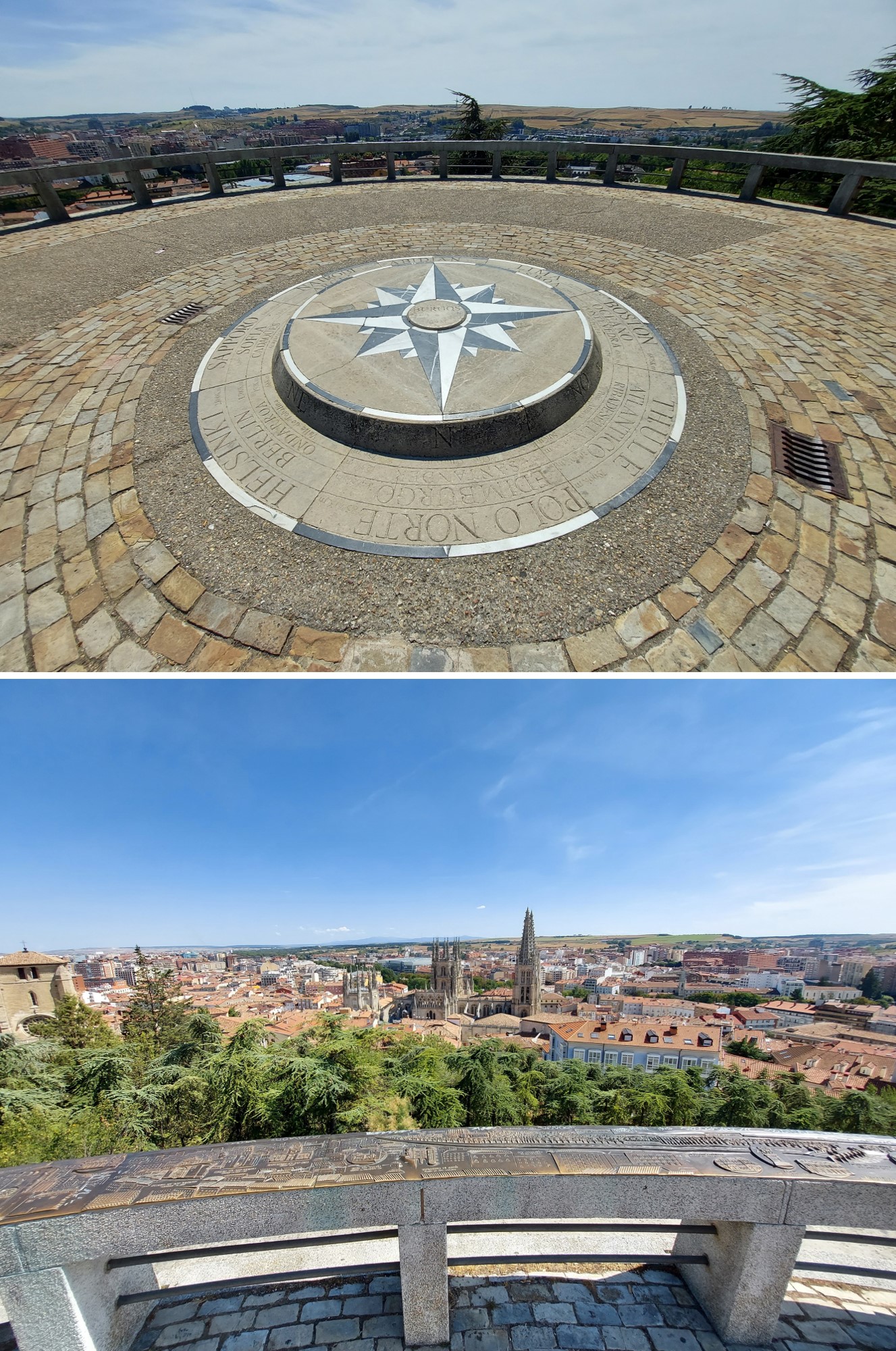
And after the panoramic views from the Castle, when descending to the Mirador del Castillo more incredible views of the city of Burgos and its charms await.
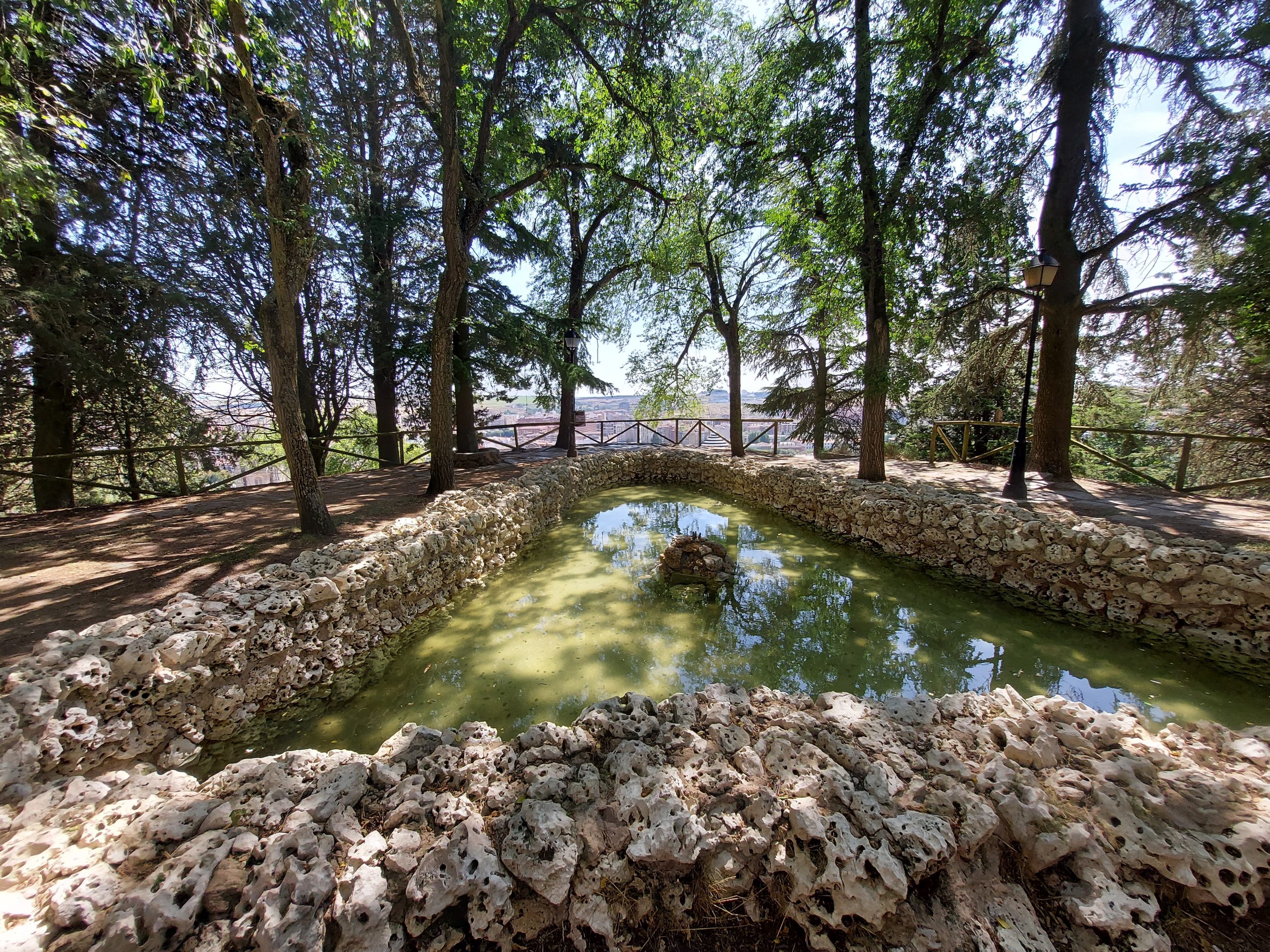
***************
Resources:
https://es.wikipedia.org/wiki/Castillo_de_Burgos
https://castillosdelolvido.com/castillo-de-burgos/

